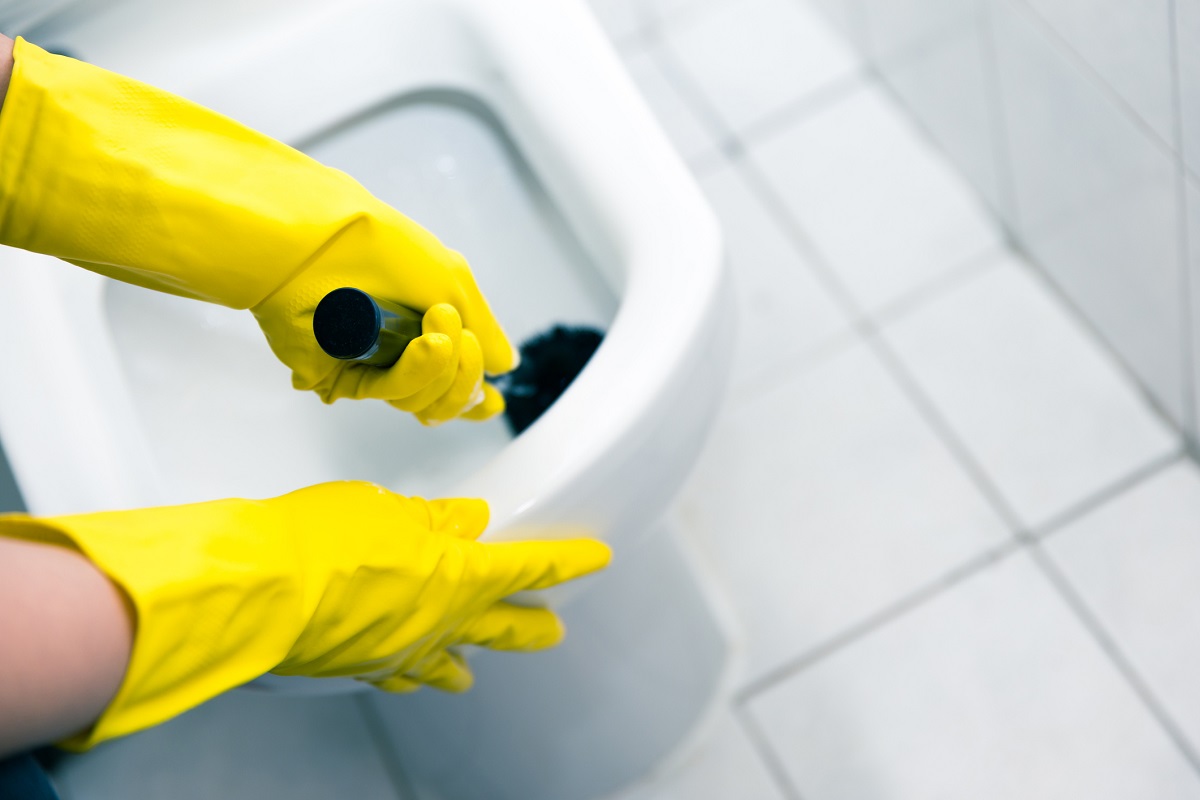

Articles
How Often Should You Clean A Toilet
Modified: January 7, 2024
Discover the best articles on how often you should clean a toilet and maintain proper hygiene. Learn expert tips and recommendations to keep your toilet clean and fresh.
(Many of the links in this article redirect to a specific reviewed product. Your purchase of these products through affiliate links helps to generate commission for Storables.com, at no extra cost. Learn more)
Introduction
Keeping a clean and sanitary household is essential for maintaining a healthy environment. One area of the house that often requires regular cleaning is the toilet. Whether you live alone, with a partner, or have a bustling household with kids, knowing how often to clean your toilet is important to ensure proper hygiene and prevent the buildup of dirt, bacteria, and unpleasant odors.
While there is no one-size-fits-all answer to the question of how frequently you should clean your toilet, several factors come into play. These factors include the number of people using the toilet, personal hygiene habits, and any specific circumstances that may require more frequent cleaning. Understanding these factors will help you determine an appropriate cleaning schedule for your toilet.
Key Takeaways:
- Regularly clean your toilet at least once a week to maintain proper hygiene and prevent the buildup of dirt, stains, and bacteria. Adjust the frequency based on household size, children, illness, and environmental factors.
- Pay attention to signs that indicate your toilet needs cleaning, such as visible stains, unpleasant odors, water discoloration, rusty components, clogging issues, and visible mold. Stay proactive to maintain a clean and healthy bathroom environment.
Read more: How Often Should You Change Toilet Seat
Factors to Consider
When determining how often to clean your toilet, there are several factors that you should take into consideration:
- Number of users: The number of people using the toilet on a regular basis will play a significant role in how quickly it becomes dirty. A toilet used by a large household will likely require more frequent cleaning compared to one used by a single person.
- Personal hygiene habits: Factors such as personal hygiene habits, including wiping the seat and flushing properly, can have an impact on the cleanliness of the toilet. Individuals who practice good hygiene may not need to clean their toilet as frequently.
- Presence of children: If you have young children in your household who may not have fully developed good hygiene habits, you may need to clean the toilet more regularly to ensure cleanliness and prevent any potential health issues.
- Health conditions: Certain health conditions or circumstances may require more frequent cleaning. For example, if someone in your household is ill, it’s advisable to clean the toilet more often to minimize the spread of germs.
- Environmental factors: Environmental factors such as humidity and temperature can contribute to the growth of bacteria and mold. If you live in a humid climate or your bathroom lacks proper ventilation, more frequent cleaning may be necessary.
Considering these factors will help you determine a cleaning frequency that is appropriate for your specific situation. It is important to note that these factors can vary from household to household, so it’s crucial to assess these factors in the context of your own home.
Recommended Cleaning Frequency
While the optimal cleaning frequency for a toilet can vary depending on individual circumstances, there are general guidelines that can help determine how often you should clean your toilet.
For most households, it is recommended to clean the toilet at least once a week. This frequency allows for regular maintenance and prevents the buildup of dirt, stains, and bacteria. Cleaning the toilet weekly also helps ensure that the bathroom remains hygienic and smelling fresh.
However, certain circumstances may warrant more frequent cleaning. If you have a larger household with multiple occupants or young children, it may be necessary to clean the toilet twice a week or even more frequently. Similarly, if someone in your household is ill or dealing with a contagious condition, it is advisable to clean the toilet daily to minimize the risk of spreading germs.
It is also important to conduct a thorough cleaning of the toilet at least once a month. This involves taking apart any removable parts, such as the toilet seat and lid, and cleaning them with a disinfecting cleaner. Additionally, scrubbing the inside of the toilet bowl and removing any mineral or hard water stains will help maintain the toilet’s cleanliness and prevent the buildup of bacteria.
Ultimately, the recommended cleaning frequency for your toilet will depend on your specific circumstances and preferences. It is important to strike a balance between maintaining proper hygiene and not overburdening yourself with excessive cleaning tasks. By evaluating the factors mentioned earlier, you can determine a cleaning frequency that suits your needs and ensures a clean and sanitary toilet.
Signs That Your Toilet Needs Cleaning
Maintaining a clean toilet not only ensures proper hygiene but also helps prevent the buildup of bacteria, mineral deposits, and unpleasant odors. Here are some telltale signs that indicate your toilet is due for a cleaning:
- Visible stains: If you notice visible stains on the toilet bowl or seat, it’s an indication that it needs cleaning. Stains can be caused by mineral deposits, hard water, or bacteria, and regular cleaning will help remove them.
- Unpleasant odor: A lingering foul odor in the bathroom, even after flushing, suggests that your toilet may need cleaning. Bacterial growth in the toilet bowl or stagnant water under the rim can contribute to odors.
- Water discoloration: If the water in your toilet bowl appears discolored, it may be a sign of bacteria or mineral buildup. Regular cleaning will help keep the water clear and free from contaminants.
- Rusty or dirty components: Rust or dirt buildup on the toilet handle, hinges, or other components is a clear sign that your toilet needs cleaning. These areas can harbor bacteria and should be regularly wiped down with a disinfectant cleaner.
- Clogged or slow draining: If your toilet drains slowly or frequently gets clogged, it may be due to a buildup of waste and debris. Regular cleaning, including clearing any obstructions in the trapway, will help improve flushing performance.
- Visible mold or mildew: Mold or mildew growth on the toilet bowl or in the surrounding areas is a sign of poor cleanliness and inadequate ventilation. Regular cleaning and ensuring proper airflow can help prevent these issues.
By paying attention to these signs, you can stay proactive in maintaining a clean and hygienic toilet. Regular cleaning not only keeps your toilet fresh but also ensures a healthier bathroom environment for you and your family.
It is recommended to clean your toilet at least once a week to prevent the buildup of bacteria and germs. Use a disinfectant cleaner and scrub the bowl, seat, and exterior thoroughly. Don’t forget to clean the handle and flush button as well.
Tips for Effective Toilet Cleaning
Cleaning the toilet may not be the most glamorous task, but it is an essential part of maintaining a clean and hygienic bathroom. Here are some tips to help you effectively clean your toilet:
- Gather the right supplies: Before you begin, gather all the necessary cleaning supplies, including rubber gloves, toilet brush, disinfectant cleaner, toilet bowl cleaner, and a microfiber cloth or sponge.
- Start with the exterior: Begin by wiping down the exterior surfaces of the toilet, including the tank, handle, and seat, with a disinfectant cleaner and damp cloth. Pay attention to hard-to-reach areas and crevices where dirt and bacteria can accumulate.
- Tackle the toilet bowl: Apply a toilet bowl cleaner to the inside of the bowl, focusing on the rim, sides, and under the waterline. Let the cleaner sit for a few minutes to effectively break down stains and bacteria.
- Scrub with a toilet brush: Use a toilet brush to scrub the inside of the bowl, starting from the top and working your way down. Pay extra attention to stubborn stains or mineral deposits. Be sure to clean the brush thoroughly afterward.
- Don’t forget the seat and lid: Remove the toilet seat and lid if possible and clean them separately. Wipe them down with a disinfecting cleaner to remove any dirt or bacteria.
- Address hard water stains: If you have hard water stains in your toilet bowl, use a descaler or a mixture of vinegar and baking soda. Apply the solution to the stains, let it sit for a while, and then scrub with a toilet brush.
- Finish with a thorough rinse: Once you’ve cleaned all the surfaces, flush the toilet to rinse away any remaining cleaner or residue.
- Regularly clean under the rim: Use a toilet bowl cleaner and a toilet brush to clean under the rim and remove any hidden bacteria or debris. This area is often neglected but is prone to buildup.
- Keep up with maintenance: Regularly maintain your toilet by cleaning it at least once a week and conducting a thorough cleaning, including removing and sanitizing removable parts, every month.
By following these tips, you can ensure that your toilet is not only clean but also sanitized. Remember to always prioritize safety by wearing rubber gloves and using proper ventilation when using cleaning products.
Read more: How Often Should You Replace A Toilet Brush
Common Mistakes to Avoid
While cleaning the toilet may seem like a straightforward task, there are some common mistakes that you should avoid to ensure effective cleaning and prevent any damage to the toilet or your health. Here are a few mistakes to watch out for:
- Using abrasive cleaners: Avoid using abrasive cleaners or harsh chemicals on the toilet. These can damage the porcelain and leave scratches, making it harder to clean in the future.
- Neglecting the toilet brush: It’s important to regularly clean and replace your toilet brush. Neglecting to do so can lead to the spread of bacteria and unpleasant odors. Rinse the brush thoroughly after each use and allow it to dry completely.
- Skipping the hidden areas: Don’t forget to clean the hidden areas of the toilet, such as under the rim, around the hinges, and around the base. Bacteria and dirt can accumulate in these areas and affect the overall cleanliness of the toilet.
- Not letting the cleaner sit: When using a toilet bowl cleaner, be sure to let it sit for the recommended amount of time specified on the product. This allows the cleaner to effectively break down stains and bacteria before scrubbing.
- Using too much cleaner: Using excessive amounts of cleaning products can be wasteful and may also leave a residue. Follow the instructions on the product packaging and use the appropriate amount for effective cleaning.
- Forgetting to clean the tank: The toilet tank can accumulate bacteria and mineral deposits over time. It’s important to regularly clean it by following the manufacturer’s instructions or consulting a professional plumber if needed.
- Not properly rinsing: After cleaning the toilet, be sure to thoroughly rinse all surfaces to remove any residue from cleaning products. Leaving residue behind can lead to a sticky or dirty appearance.
- Not maintaining proper ventilation: Adequate ventilation in the bathroom is essential to prevent the growth of mold and mildew. Make sure there is proper airflow by using an exhaust fan or opening a window during and after cleaning.
By avoiding these common mistakes, you can ensure that you are cleaning your toilet effectively and maintaining a clean and sanitary bathroom environment.
Conclusion
Keeping your toilet clean is essential for maintaining a healthy and sanitary bathroom environment. By understanding the factors that influence cleaning frequency, you can develop a cleaning routine that suits your specific needs. Factors such as the number of users, personal hygiene habits, and any specific circumstances like illness or environmental factors should be taken into account when determining how often to clean your toilet.
A general guideline suggests cleaning the toilet at least once a week, with a thorough cleaning of the bowl and other components conducted monthly. However, it is important to adjust the frequency based on individual circumstances. Larger households, households with young children, or households dealing with illness may require more frequent cleaning to maintain proper hygiene.
Signs that indicate your toilet needs cleaning include visible stains, unpleasant odors, water discoloration, rusty or dirty components, clogging issues, and visible mold or mildew. It is important to address these signs promptly to prevent bacteria buildup and maintain cleanliness.
When cleaning your toilet, follow best practices such as gathering the right supplies, starting with the exterior, tackling the toilet bowl, and addressing hard water stains. Regular maintenance and staying proactive will help you keep your toilet clean and sanitary.
Avoid common mistakes such as using abrasive cleaners, neglecting hidden areas, skipping the proper soaking time, or using excessive cleaner. By avoiding these mistakes and maintaining proper ventilation, you can ensure effective cleaning without causing damage to your toilet or compromising your health.
In conclusion, by understanding the factors, following recommended cleaning frequencies, and implementing effective cleaning techniques, you can maintain a clean and hygienic toilet that contributes to a healthy and inviting bathroom environment for yourself and your family.
Frequently Asked Questions about How Often Should You Clean A Toilet
Was this page helpful?
At Storables.com, we guarantee accurate and reliable information. Our content, validated by Expert Board Contributors, is crafted following stringent Editorial Policies. We're committed to providing you with well-researched, expert-backed insights for all your informational needs.
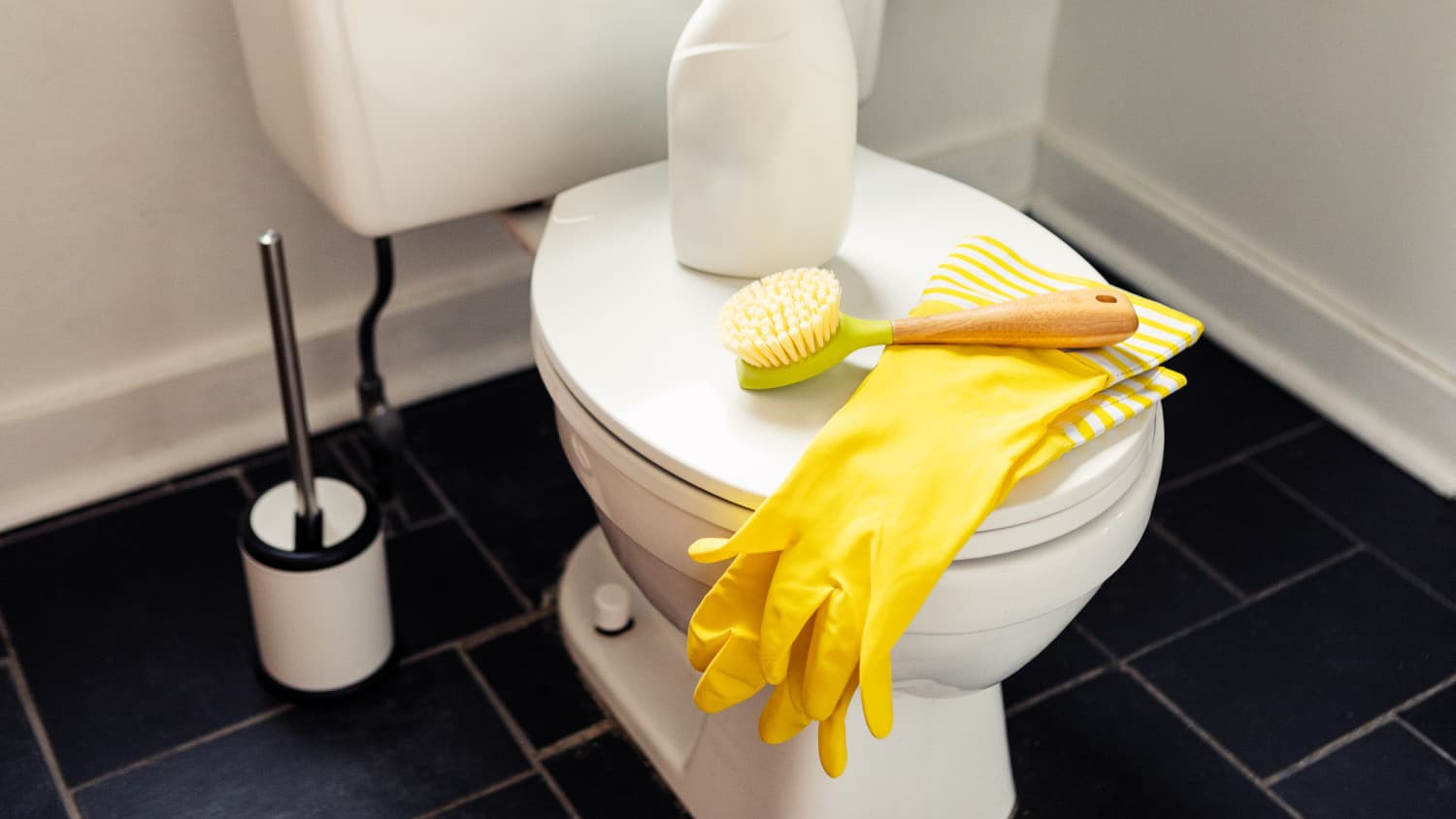
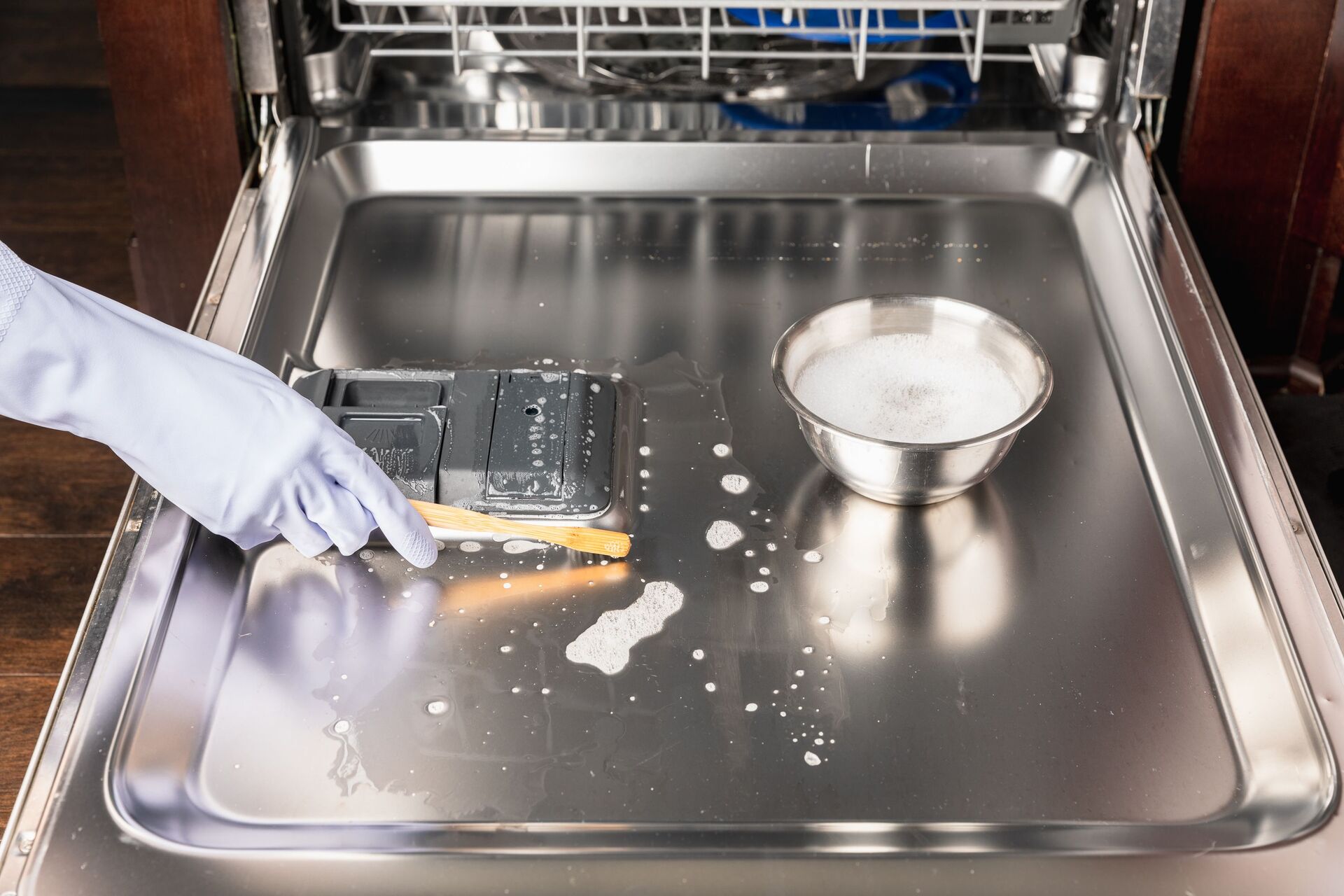
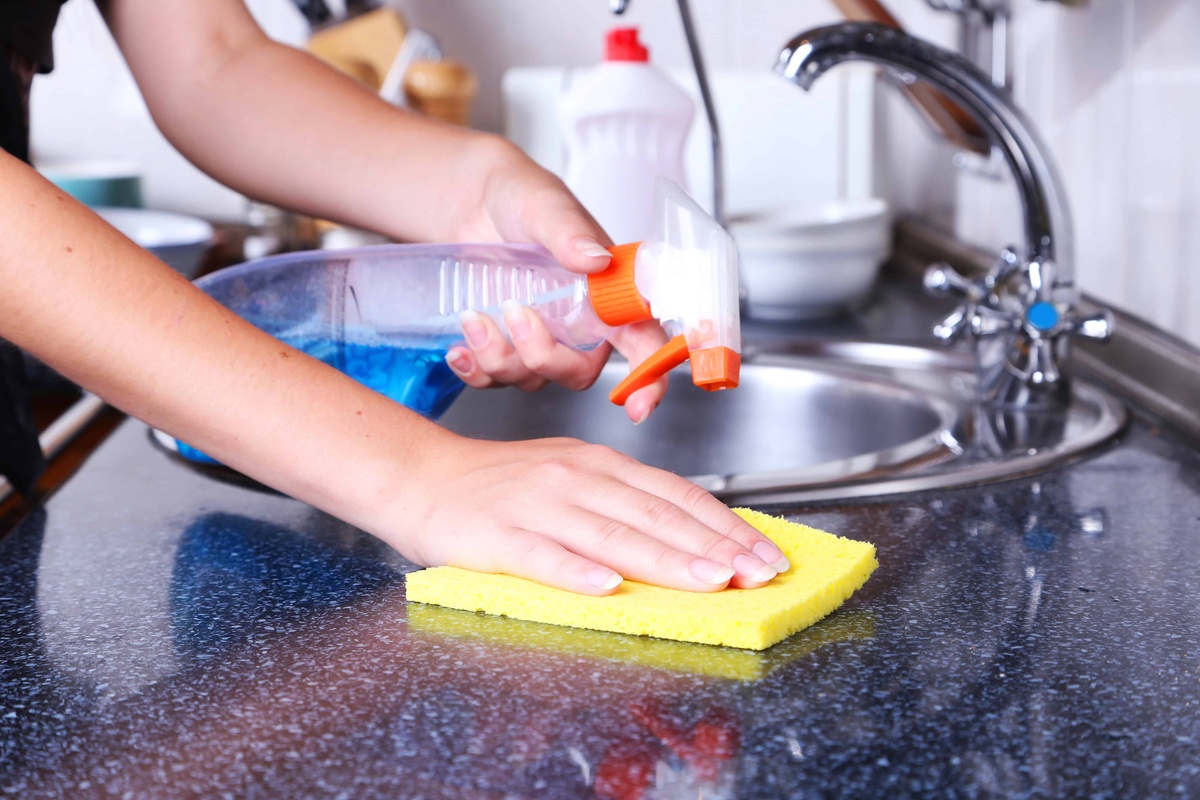
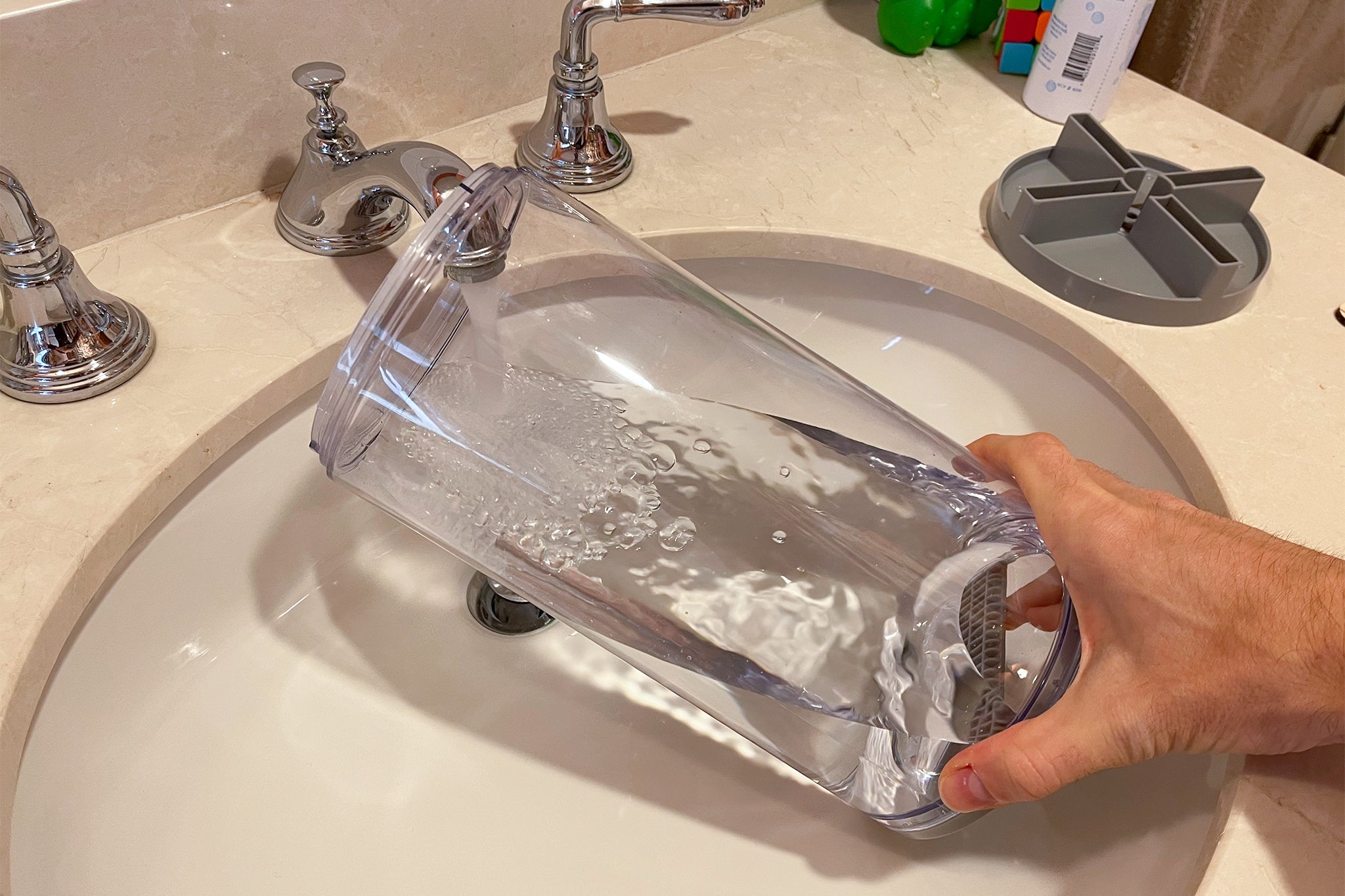
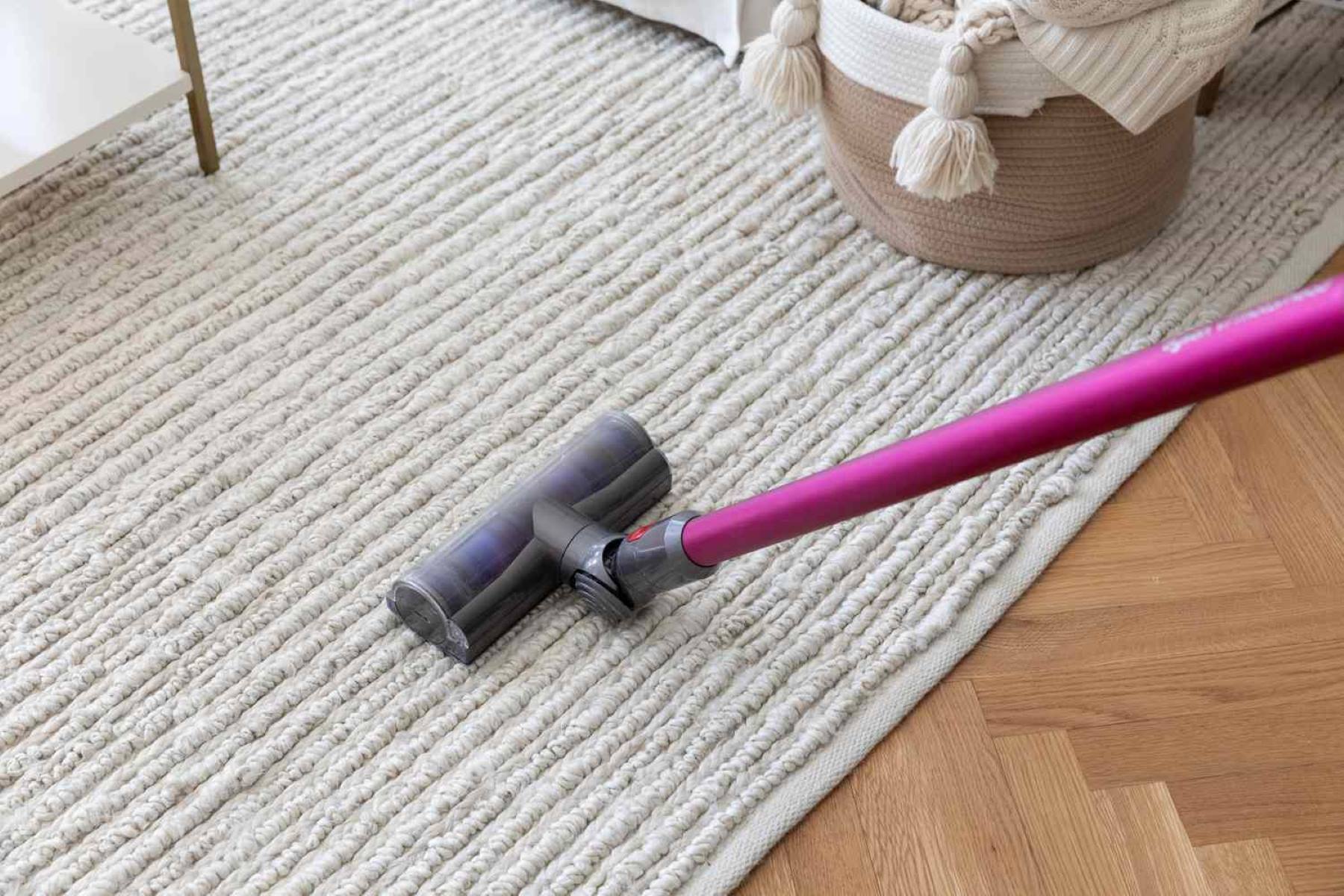
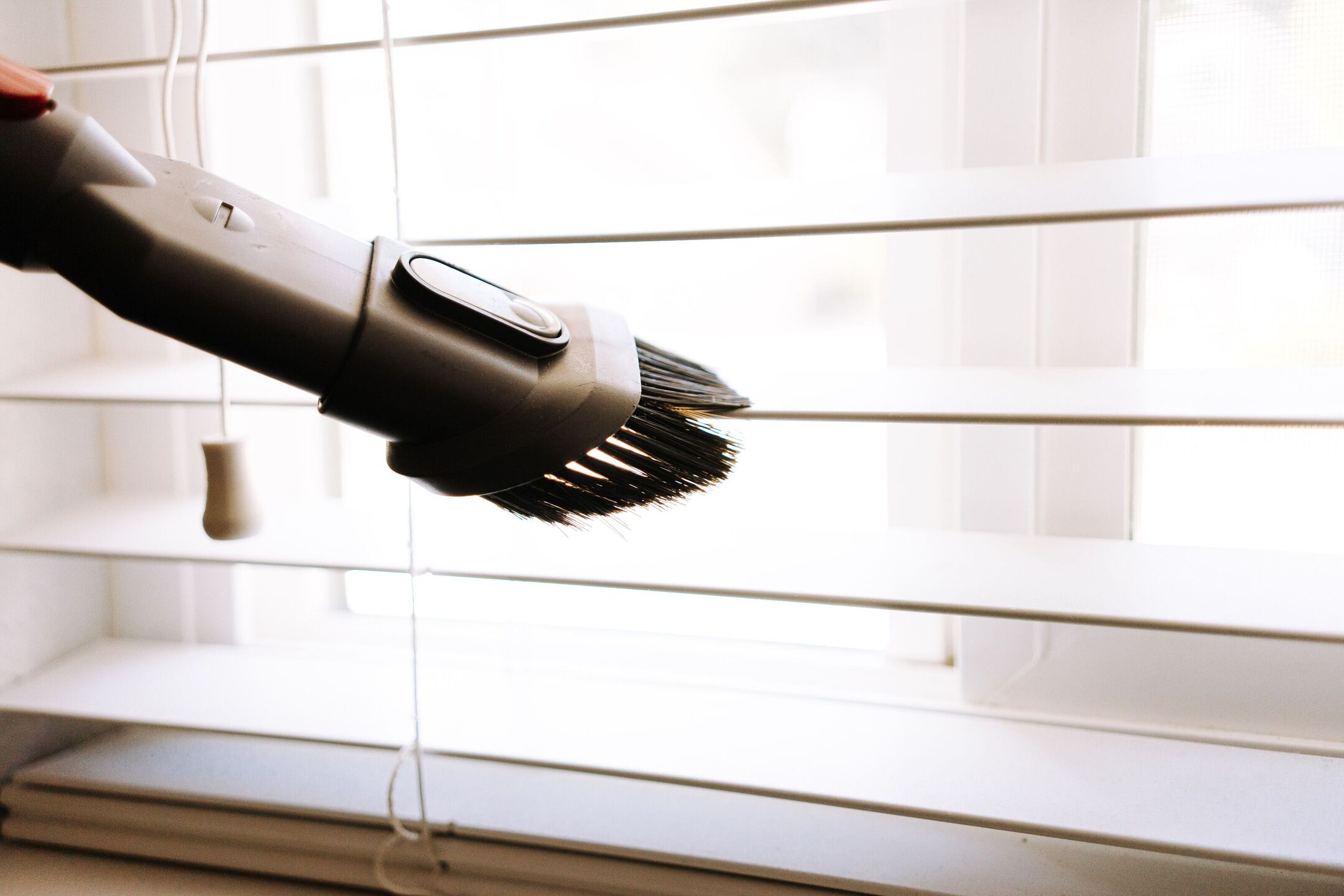
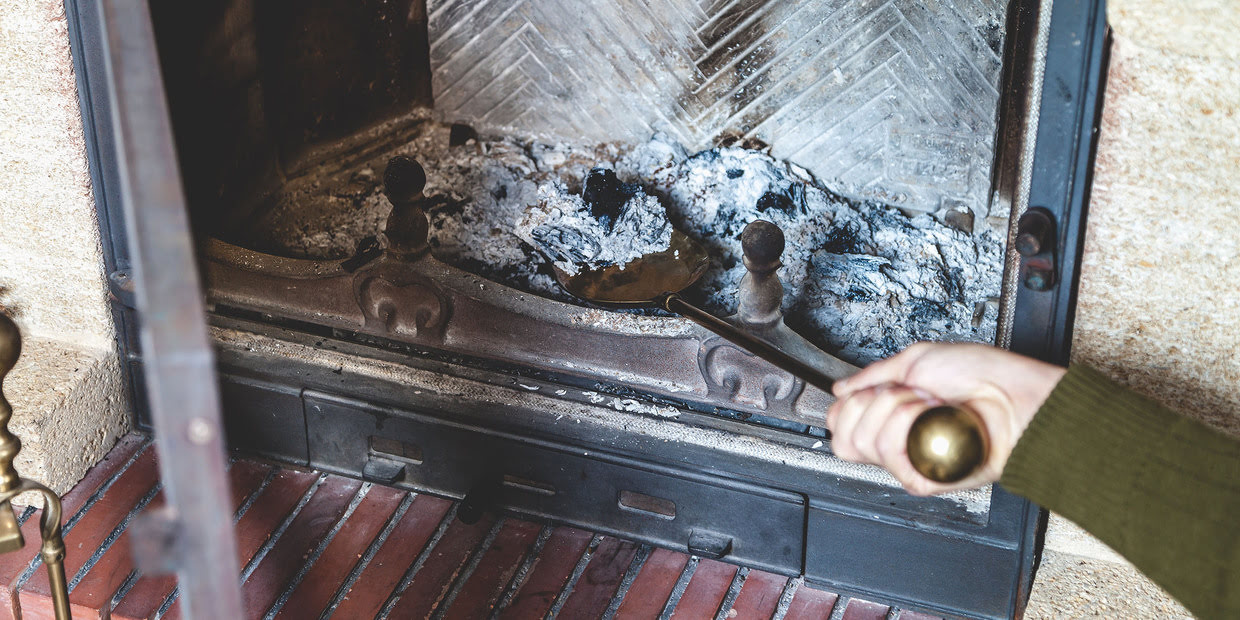
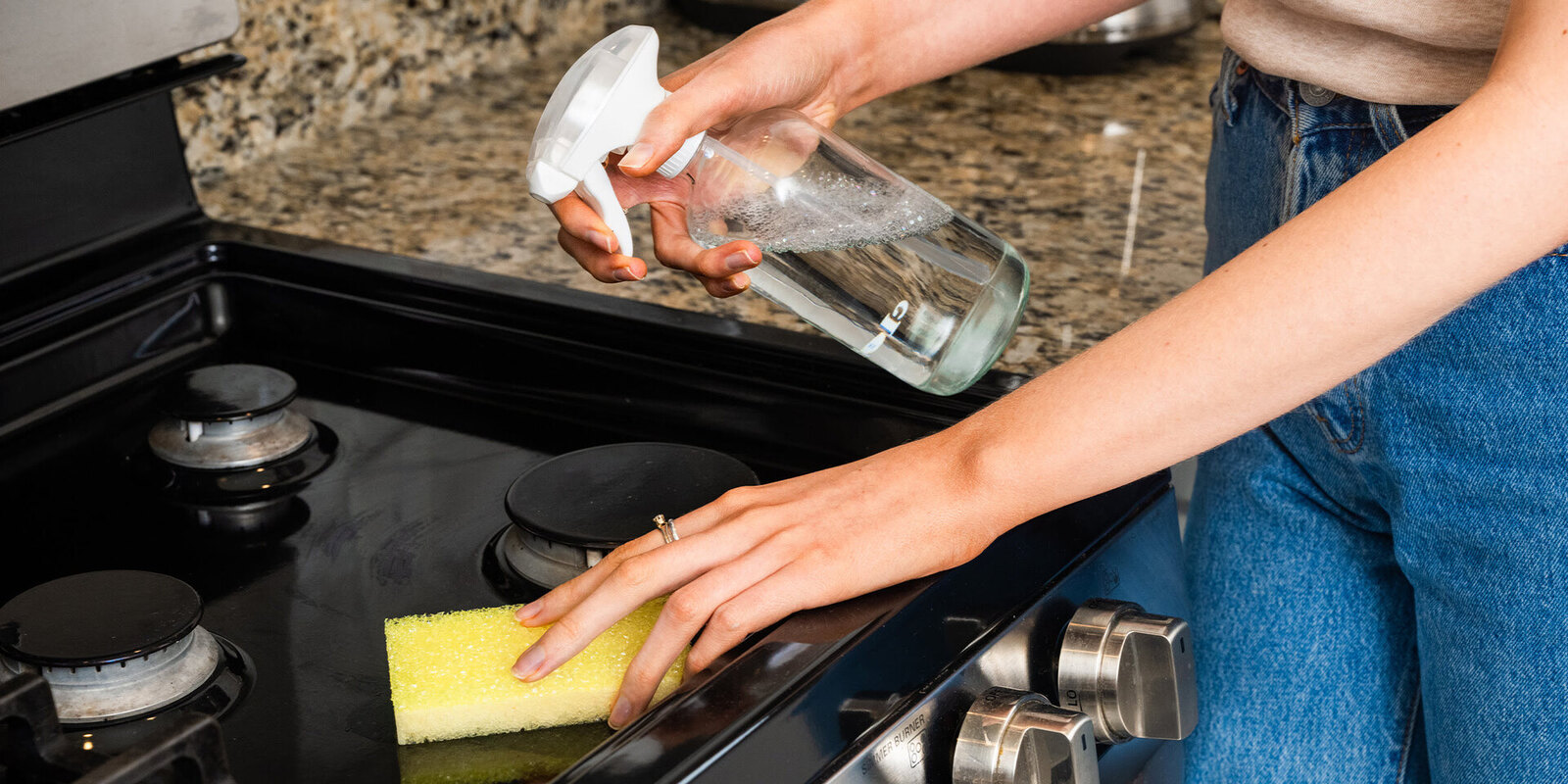
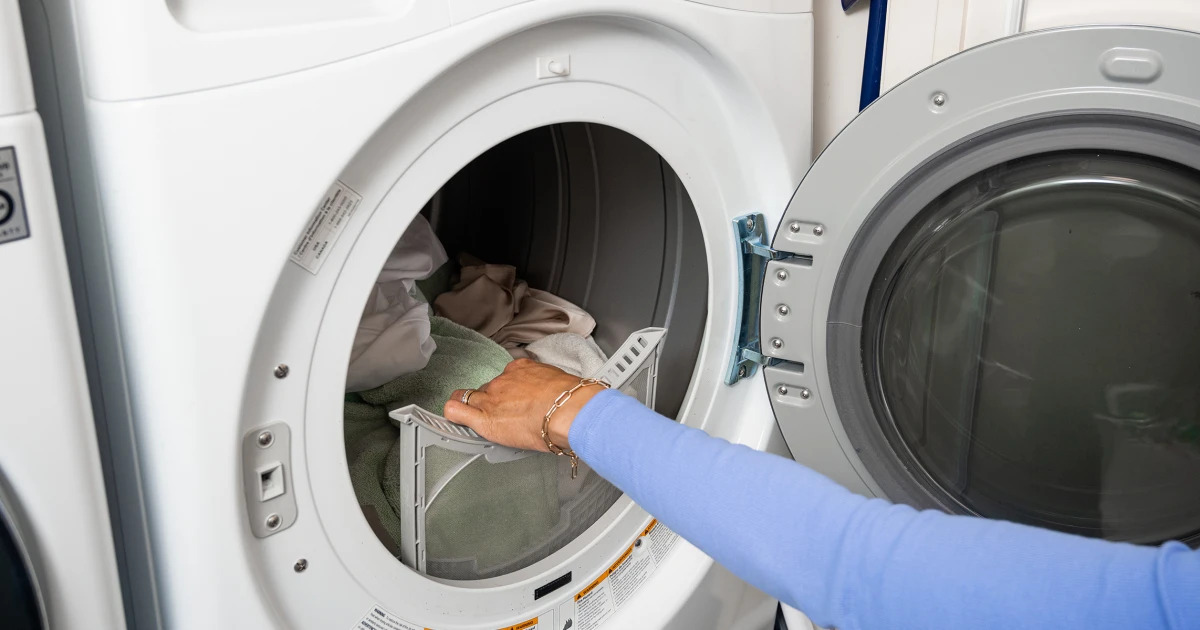
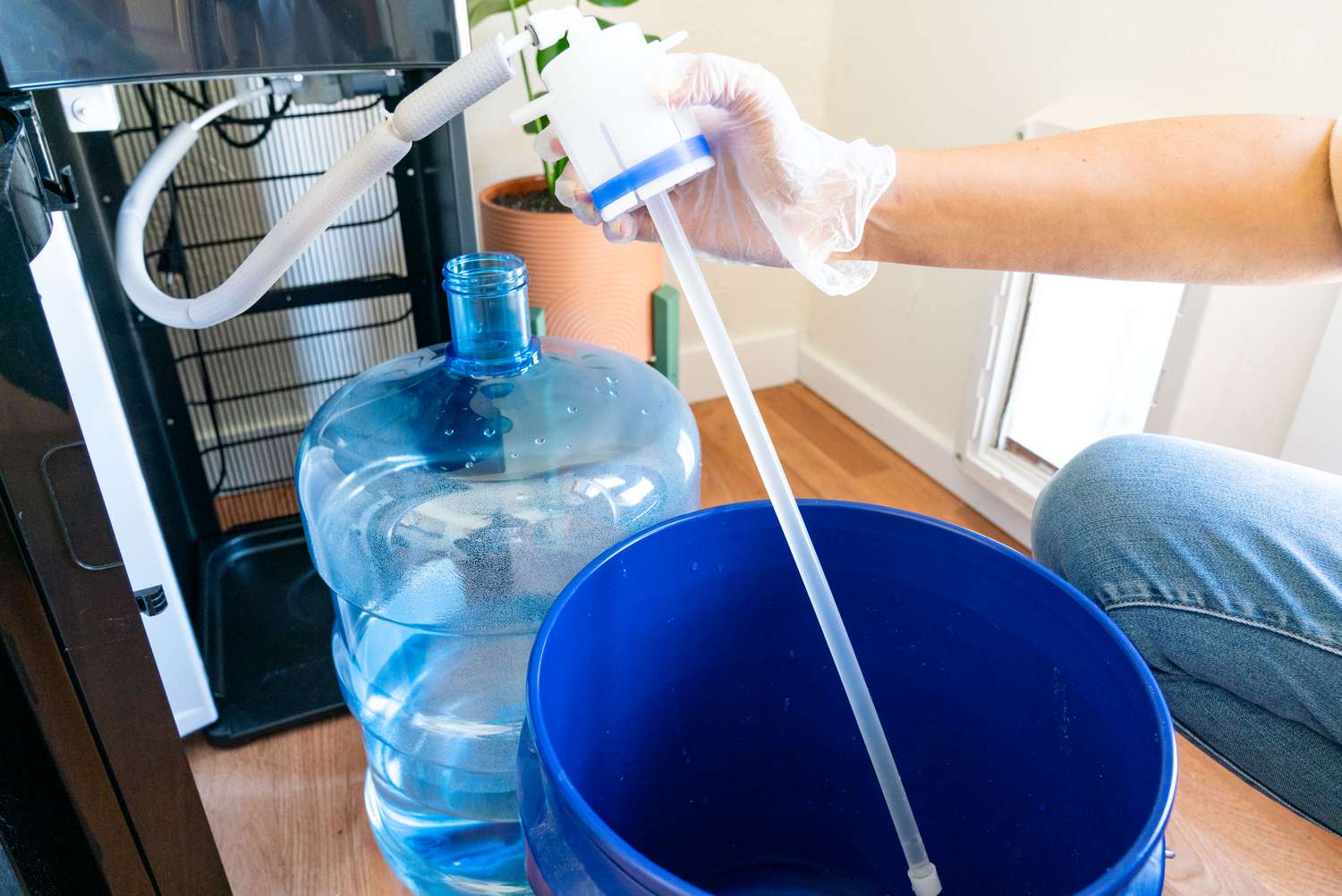
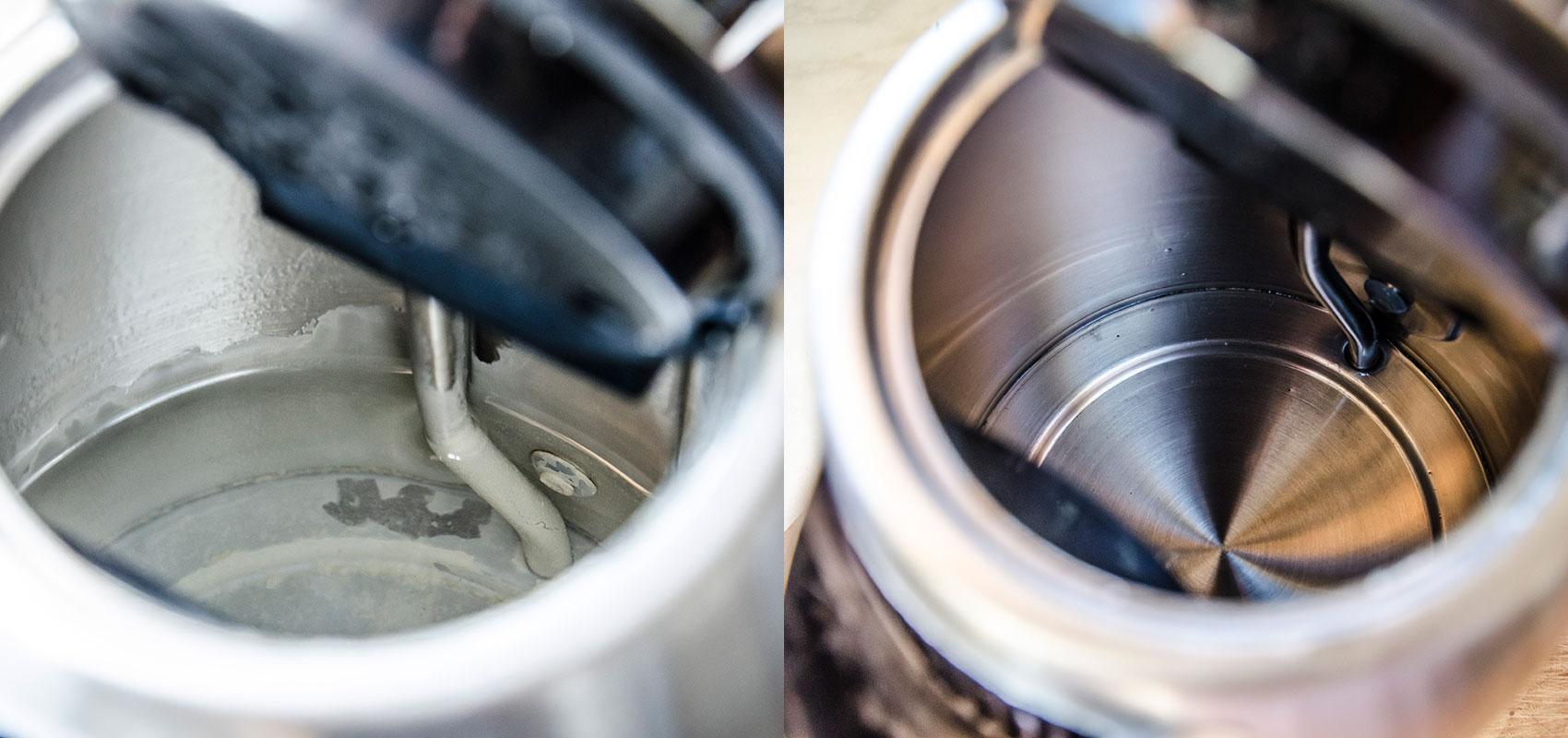
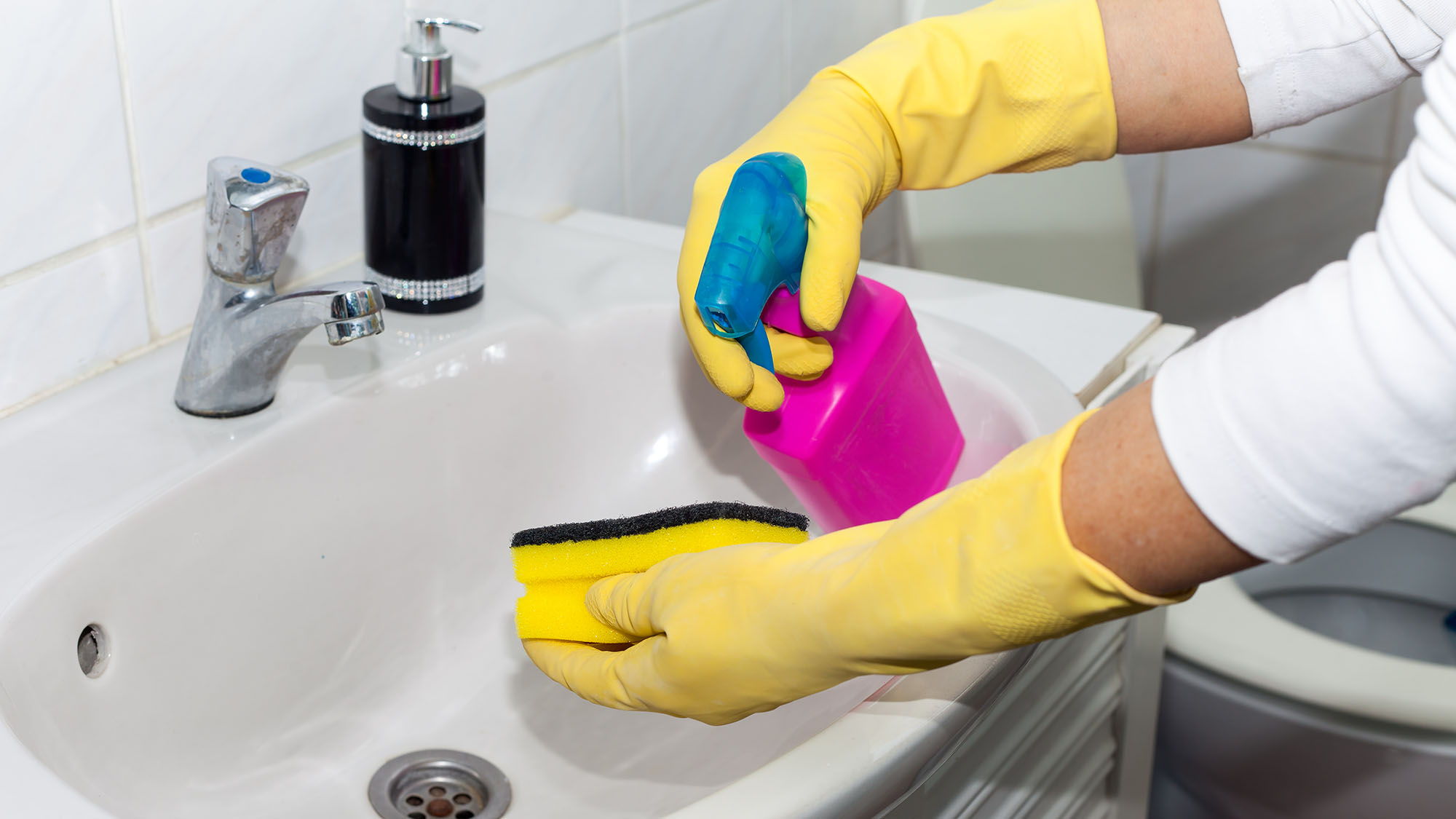
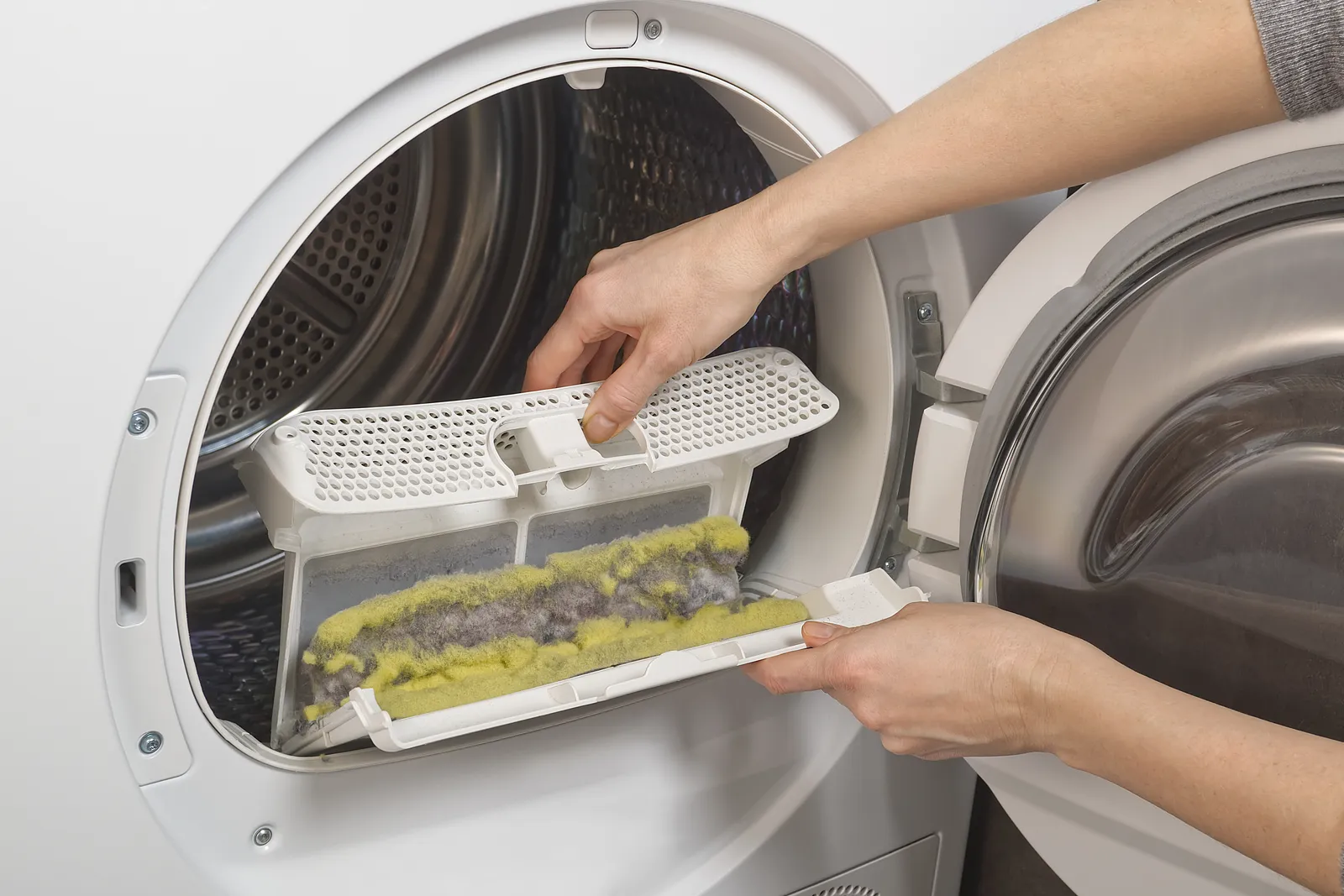
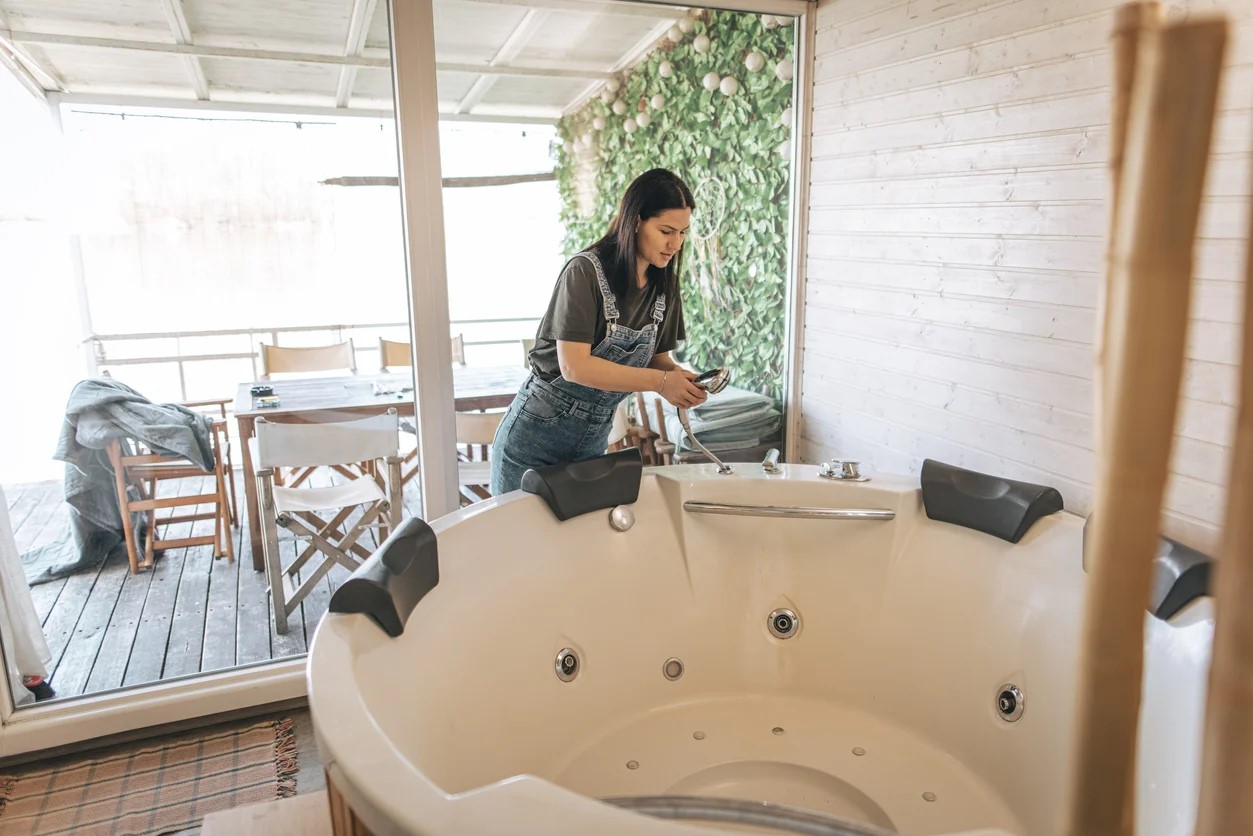

0 thoughts on “How Often Should You Clean A Toilet”